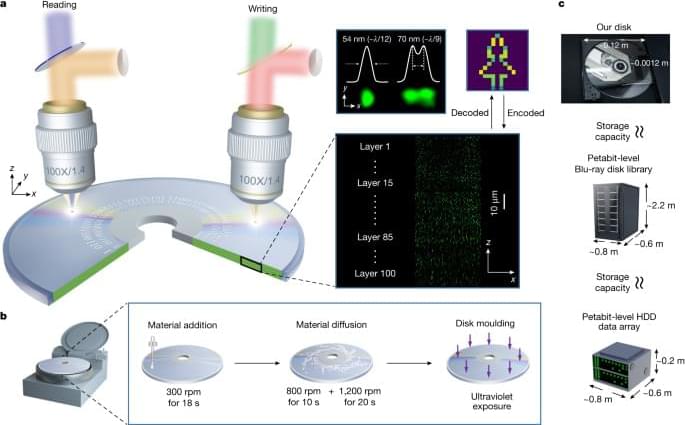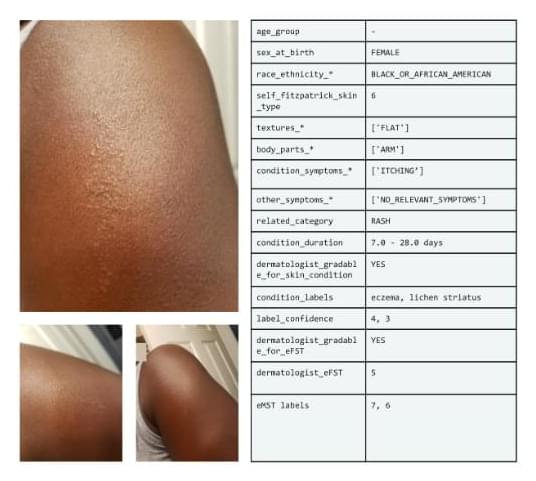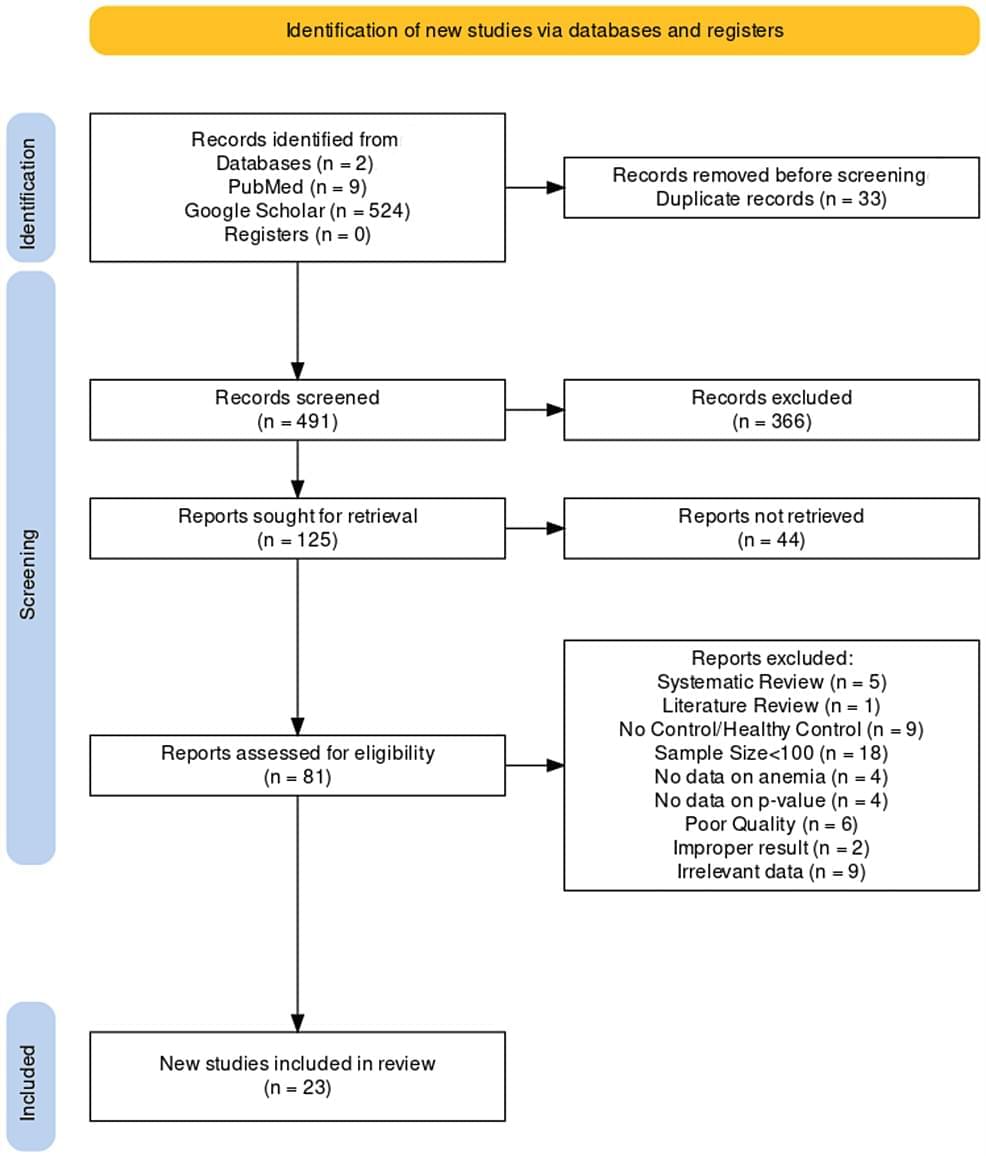Mar 20, 2024
“Havana Syndrome” Mystery Deepens As NIH Finds No Evidence of Brain Injury
Posted by Saúl Morales Rodriguéz in categories: biotech/medical, government, health, neuroscience
Compared to healthy volunteers, affected U.S. government personnel did not exhibit MRI-detectable brain injury or biological abnormalities that would explain symptoms.
Using advanced imaging techniques and in-depth clinical assessments, a research team at the National Institutes of Health (NIH) found no significant evidence of MRI-detectable brain injury, nor differences in most clinical measures compared to controls, among a group of federal employees who experienced anomalous health incidents (AHIs).
These incidents, including hearing noise and experiencing head pressure followed by headache, dizziness, cognitive dysfunction, and other symptoms, have been described in the news media as “Havana Syndrome” since U.S. government personnel stationed in Havana first reported the incidents. Scientists at the NIH Clinical Center conducted the research over the course of nearly five years and published their findings on March 18 in two papers in JAMA.


















